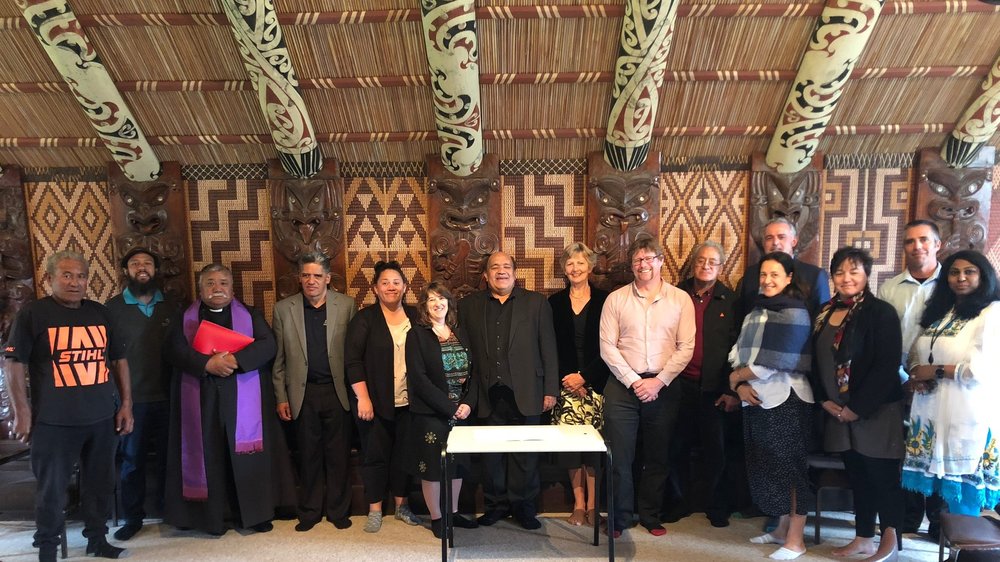3.0 Work with diverse people and sectors
Community-led development (CLD) strengthens the vitality of communities by activating and weaving the contribution of everyone connected to a place/whenua.

BUILDING COLLABORATIVE WORKING RELATIONSHIPS
CLD grows from loose connections to growing capacity to act, organise and collaborate. We take time to get to know each other’s strengths, grow trust and shared experience from taking action together which deepens our capacity to collaborate. Not every relationship is a collaboration or successful. We keep reaching out, embracing challenges and opportunities and learning as we go. This resource gives an overview of the why, who, how and what of growing effective collaborative relationships.
TRUST, CO-CREATION AND COLLECTIVE IMPACT
Authentic community change moves at the speed of trust. This paper explores the intricacies of trust, how to build it and what to do when trust is broken. Building trusting relationships is challenging, especially when we authentically engage with people who are different from us. Yet we need those different perspectives and actors to enrich our thinking and expand our collective impact. This resource includes inspiring stories and practical tips focused on building trust with those with whom you are growing collaborative relationships.
Use these resources to grow the diversity of people involved in your planning and decisions about your place and to weave new kinds of relationships and connections.
What strengths and expertise need to be involved?
Context experts are essential: build a culture of diverse perspectives.
Understand who was in this place, who is in this place, and who will be in this place in the future.
Engage diverse voices of collaboration.
Identify key stakeholders and consider their interests or influence.
Understand what engagement approaches to use and how best to collaborate.
How do we partner with others so we can work better together?
Identify what working relationships, collaboration or commitment best suits your purpose.
Then use this worksheet to review and plan:
Attend to whole-person relationships, not just tasks: Te Whare Tapa Wha.
How do we build collaborative, inclusive relationships?
Engage others authentically and creatively.
Creating partnerships that work.
Guidance for any organisation applying Te Tiriti in their work
Review and reflect on capabilities you have and can grow for working with Māori.
What can help us sustain or revive energy and momentum?
Assess, monitor and maximise the effectiveness of working partnerships.
Understand group work and facilitation basics.
A wider menu of creative processes for your facilitation kete.
How can we grow the collective impact from our collaborative work?
Learn more about the growing field of collective impact.
Notice the shifts and changes in the living systems you are seeking to impact.
This material has been collected from a wide variety of sources and contributors. Please honour the mana of those who produced and shared these resources by always acknowledging the whakapapa of where any resource you share has come from.
